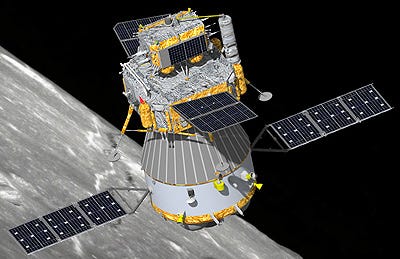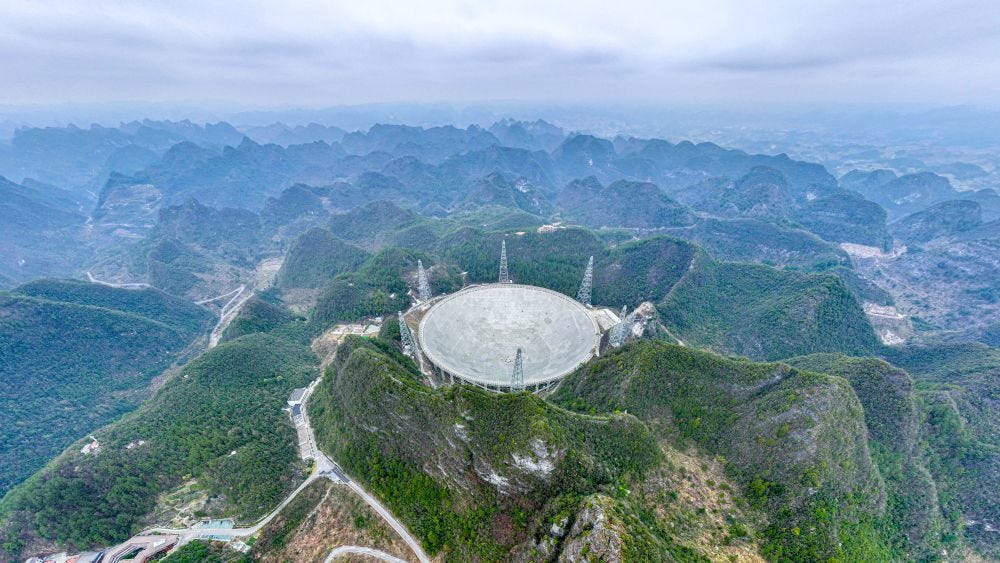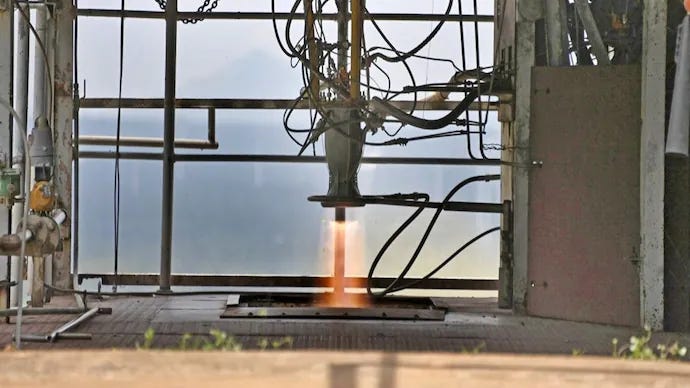Weekly - ISRO successfully conducts hot test of 3D printed rocket engine and more
Weekly Space News - Quick and Easy
Chang’e-6 enters lunar orbit, Pakistani probe sends first images
Last week, China’s Chang’e-6 lunar mission successfully entered the moon’s orbit. This mission’s main objective is to land a lander on the lunar surface, collect soil samples and return these samples to the Earth. The mission will be attempting to land near the south pole on the far side of the moon (The portion that always faces away from the Earth). Last week, the Pakistani lunar orbiter onboard was deployed into orbit and also released its first images of the moon. The orbiter named icube-Q is Pakistan’s first-ever lunar mission.
FAST discoveres unusually gas-rich galaxies
Recently, astronomers using China’s Five-hundred-meter Aperture Spherical radio Telescope (FAST) discovered strange gas-rich galaxies in the distant universe. These galaxies contain more atomic hydrogen gas than previously thought or measured in any other galaxy. Scientists are still not entirely sure about the reason behind this. This intriguing discovery could enhance our understanding of how galaxies form and grow. It also showcases the capabilities of the FAST telescope in studying distant celestial bodies and their atmospheres.
ISRO successfully conducts hot test of 3D printed rocket engine
Recently, the Indian Space Research Organisation (ISRO) successfully conducted a hot test of its 3d printed liquid rocket engine, the PS4. This marks a significant step towards integrating 3D printing into India’s space program. The PS4 engine, used in the Polar Satellite Launch Vehicle (PSLV) rocket, was reengineered using 3d printing also known as additive manufacturing. The benefits of using 3d printed engines include a reduction in the number of parts, low cost, and 60% less production time. With the successful completion of the test, ISRO will be trying to incorporate this into its PSLV rockets in the future.




